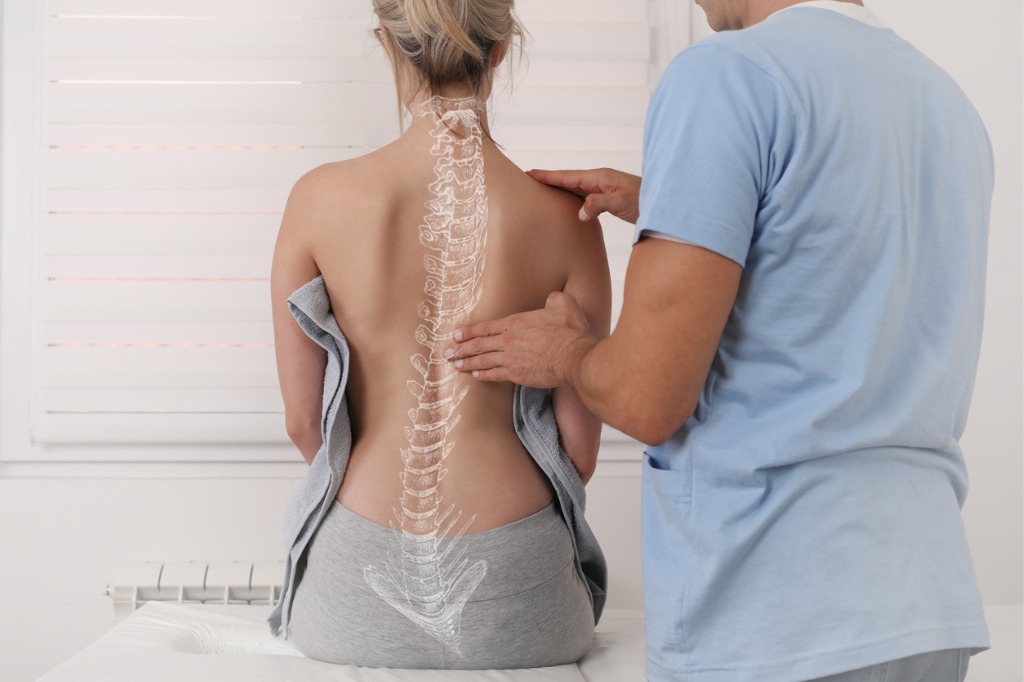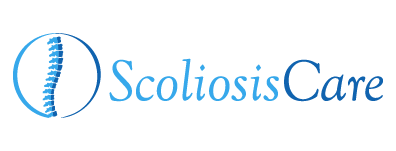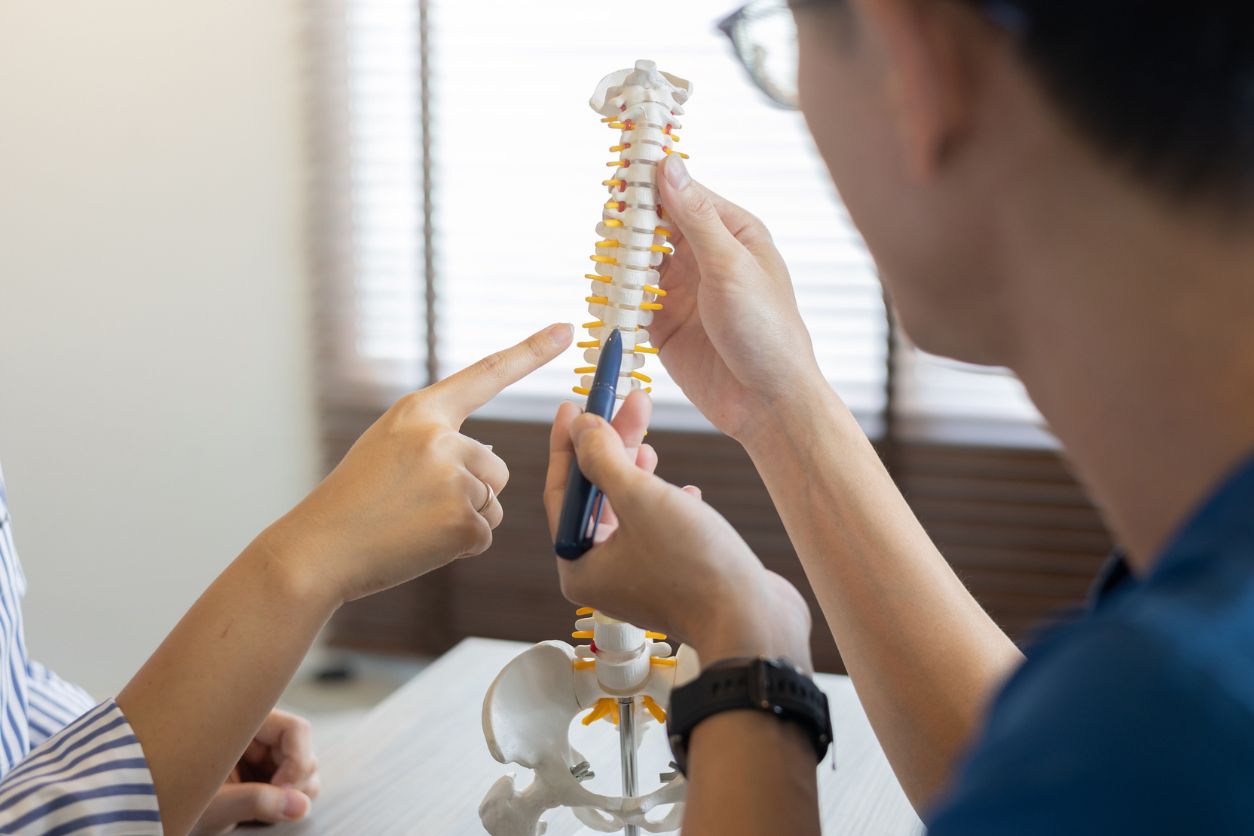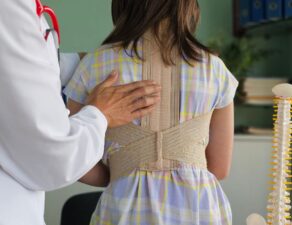
Adults dealing with scoliosis often face unique challenges compared to children with the same condition. With age, the curvature in the spine may progress, leading to pain and other complications. Fortunately, with advancements in medical sciences, scoliosis treatment for adults is available and can help manage the condition. Scoliosis Care is here to help you understand the different forms of treatment available for adults. Whether you’re looking for surgical or non-surgical options, we’ll provide guidance to help you make an informed decision.
Diagnosing Adult Scoliosis
Before a suitable treatment plan can be formulated, it is crucial to diagnose the condition accurately. Diagnosing adult scoliosis involves a comprehensive evaluation of the patient’s medical history, a physical examination, and imaging tests. The following are some of the common diagnostic tests used to determine the severity and progression of scoliosis in adults:
Medical History and Physical Examination
The initial step in diagnosing scoliosis is understanding the patient’s medical history. Doctors may inquire about any past injuries, symptoms, and family history of scoliosis. Following this, a physical examination is conducted. This may involve checking the patient’s spine alignment, skin for unusual marks, and muscle strength or weakness.
Imaging Tests
Imaging tests such as X-rays, CT scans, or MRIs are performed to confirm the diagnosis and assess the severity of the curve. These tests provide a detailed picture of the spine, helping doctors identify the degree of curvature and any potential underlying conditions contributing to the scoliosis.
It’s important to remember that the process of diagnosing adult scoliosis is comprehensive. The goal is to clearly understand the patient’s condition before moving forward with any form of scoliosis treatment for adults. At Scoliosis Care, we provide the support and guidance you need to get an accurate diagnosis.
What are the Different Types of Treatment Available?
Scoliosis treatment for adults is based on the severity of the condition and any underlying medical conditions. The main aim is to reduce pain, prevent further progression, and improve the patient’s quality of life. Depending on their needs, adults with scoliosis may benefit from either non-surgical or surgical treatments. The following scoliosis treatments for adults are available:
Lifestyle Changes
For adults with scoliosis, integrating specific lifestyle changes can complement the treatment for adult scoliosis. Maintaining a healthy weight is pivotal, as it minimizes the strain on the spine and eases discomfort. Emphasizing proper ergonomics in daily routines and work settings ensures optimal posture and symptom relief. Furthermore, avoiding smoking is essential, given its detrimental effects on spinal health and potential complications following surgical interventions. By embracing these habits, adults can holistically manage their scoliosis alongside medical treatments.
Physical Therapy
Physical therapy is a cornerstone of non-surgical scoliosis treatment for adults. It focuses on improving strength, flexibility, and posture. A physical therapist can design a personalized exercise program that targets areas affected by the spinal curvature. These exercises can decrease pain, slow the curve’s progression, and enhance overall mobility. Regular physical therapy can also help adults with scoliosis maintain a more aligned and balanced posture, mitigating the impacts of the condition on their daily lives. It’s essential to follow the prescribed regime diligently to reap the maximum benefits of physical therapy in managing adult scoliosis.
Bracing
Bracing, a common and effective treatment for adult scoliosis, serves both as a preventive measure against curve progression and as a tool to manage pain. While it’s frequently associated with pediatric patients, many adults may benefit significantly from this non-invasive approach. For adults, the primary goal of bracing isn’t always to correct the curve—instead, it often focuses on stabilizing the spine, preventing further curvature, and alleviating pain. It’s essential for individuals considering bracing to consult with a spine specialist to determine the most suitable type and fit for their unique condition.
Alternative Therapies
Alternative therapies have emerged as a popular adjunct to traditional scoliosis treatment for adults. These therapies offer potential benefits like pain relief, improved posture, and enhanced overall well-being. While they cannot correct scoliosis, they can help manage symptoms and improve quality of life. Please remember these therapies should be pursued alongside, and not in place of, traditional medical treatments and always under the supervision of your healthcare provider. Some commonly used alternative therapies for adult scoliosis include:
- Chiropractic care
- Acupuncture
- Yoga
- Pilates
- Massage therapy
Surgical Options
For some adults with severe or progressive scoliosis, surgery may be the most beneficial treatment option. Surgical interventions aim to reduce the curvature, alleviate pain, treat nerve impingement and prevent further progression of the condition.
Scoliosis Care offers state-of-the-art surgical procedures for scoliosis treatment for adults. Our skilled surgeons employ the latest techniques to ensure safety and efficacy, often opting for selective surgery to address the symptoms, thus avoiding a larger procedure, prioritizing our patients’ well-being above all else.
Scoliosis Treatment for Adults at Scoliosis Care
At Scoliosis Care, we specialize in scoliosis treatment for adults. We employ a comprehensive approach to diagnosing and managing adult scoliosis by utilizing the latest technologies and medical advancements. Contact us today to learn more about the treatment options available. We look forward to helping you on your journey to a healthy, pain-free life.








